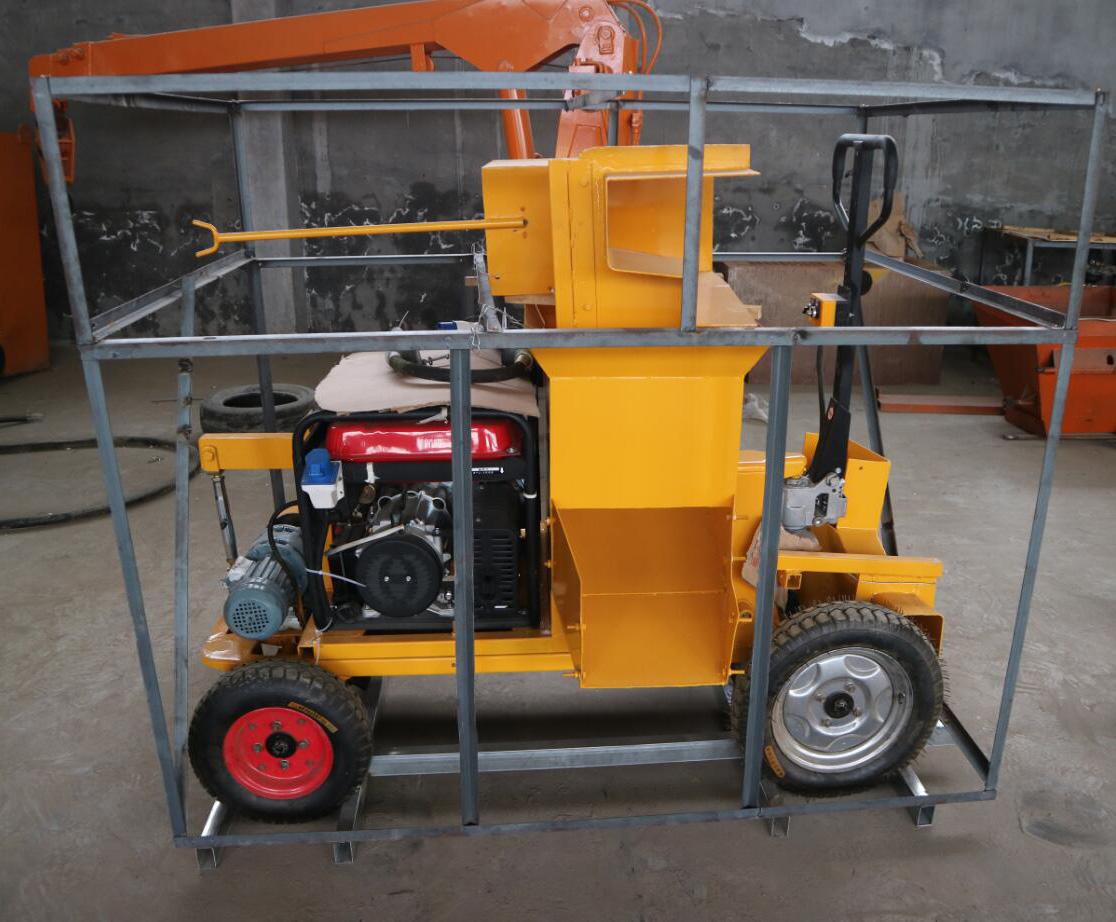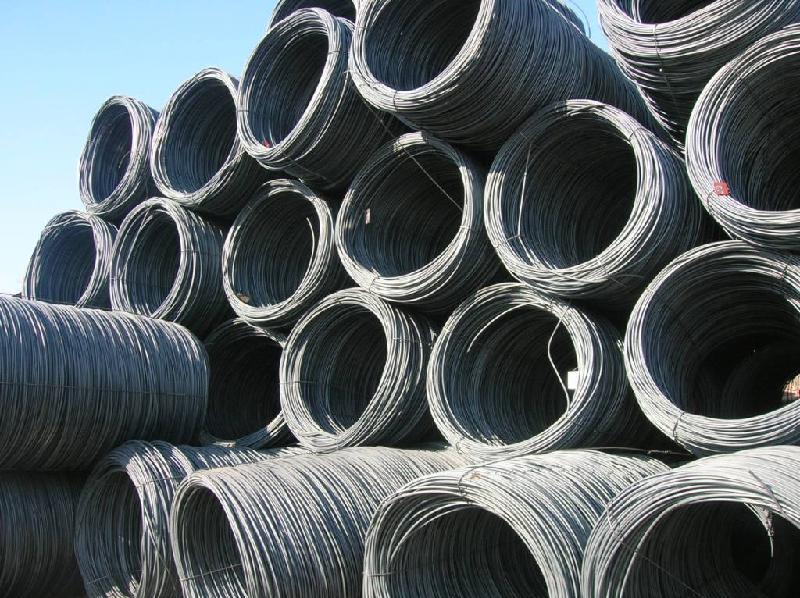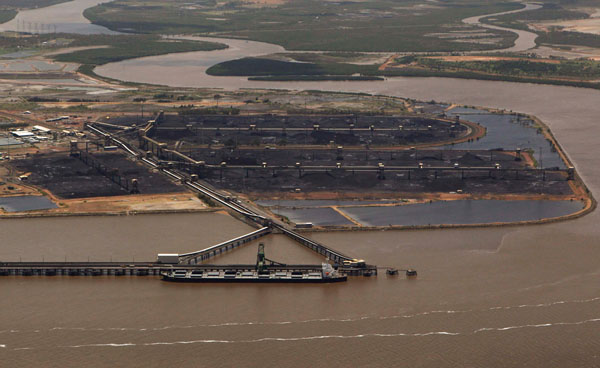China targets 27 UHV power transmission lines by 2020
Date:2014-12-30 16:56:30 View:189 Author:
State Grid Corporation of China (SGCC), the world’s largest power grid operator, aims to operate 27 ultra-high voltage (UHV) power transmission lines by 2020, sources reported.
SGCC plans to begin construction on 13 UHV transmission lines in 2015, linking power plants in coal-rich western provinces to manufacturing and populous eastern China, as the country strives to reduce air pollution and develop the economically backward interior regions, China Business News reported on December 8.
Some industry insiders expressed doubt on SGCC’s ambitious target, saying it is unlikely for all these lines to commence construction next year.
Yet, the year 2015 will see multiple lines start construction to meet the government’s plan to put 12 UHV lines into operation by 2017.
An industry insider pointed out that it is likely to start construction on six UHV lines next year. China has completed preliminary work for two UHV transmission lines – one from western Inner Mongolia to southern Tianjin and the other from northern Shaanxi’s Yuheng to Shandong’s Weifang.
The 13 UHV lines, which an insider estimated may cost 300 billion yuan ($49 billion), together with six UHV lines in operation, eight in construction or planning will bring the total number of UHV transmission lines to 27 by 2020, said the report.
On November 4, the SGCC officially announced the start of construction on three UHV transmission lines, including the 1,000 kV Huainan-Nanjing-Shanghai line, the 1,000 kV Xilingol-Shandong line and the 800 kV line from Ningdong (Ningxia) to Shaoxing (Zhejiang).
The three lines are expected to add 26 GW of transmission capacity upon completion by 2016.
Additionally, one 1,000 kV AC transmission line from northern Zhejiang to Fuzhou (Fujian) has started construction since April 2013.
SGCC plans to begin construction on 13 UHV transmission lines in 2015, linking power plants in coal-rich western provinces to manufacturing and populous eastern China, as the country strives to reduce air pollution and develop the economically backward interior regions, China Business News reported on December 8.
Some industry insiders expressed doubt on SGCC’s ambitious target, saying it is unlikely for all these lines to commence construction next year.
Yet, the year 2015 will see multiple lines start construction to meet the government’s plan to put 12 UHV lines into operation by 2017.
An industry insider pointed out that it is likely to start construction on six UHV lines next year. China has completed preliminary work for two UHV transmission lines – one from western Inner Mongolia to southern Tianjin and the other from northern Shaanxi’s Yuheng to Shandong’s Weifang.
The 13 UHV lines, which an insider estimated may cost 300 billion yuan ($49 billion), together with six UHV lines in operation, eight in construction or planning will bring the total number of UHV transmission lines to 27 by 2020, said the report.
On November 4, the SGCC officially announced the start of construction on three UHV transmission lines, including the 1,000 kV Huainan-Nanjing-Shanghai line, the 1,000 kV Xilingol-Shandong line and the 800 kV line from Ningdong (Ningxia) to Shaoxing (Zhejiang).
The three lines are expected to add 26 GW of transmission capacity upon completion by 2016.
Additionally, one 1,000 kV AC transmission line from northern Zhejiang to Fuzhou (Fujian) has started construction since April 2013.
At present, China has six UHV power transmission lines in operation, including 1,000 kV southeastern Shanxi-Henan’s Nanyang-Hubei’s Jinmen line, 800 kV Sichuan’s Xiangjiaba-Shanghai line, 800 kV Guizhou’s Jinping-southern Jiangsu line, 1,000 kV Anhui eastbound power transmission project, 800 kV Xinjiang’s south Hami-Henan’s Zhengzhou line, and 800 kV Xiluodu left bank-Zhejiang’s Jinhua line.
















